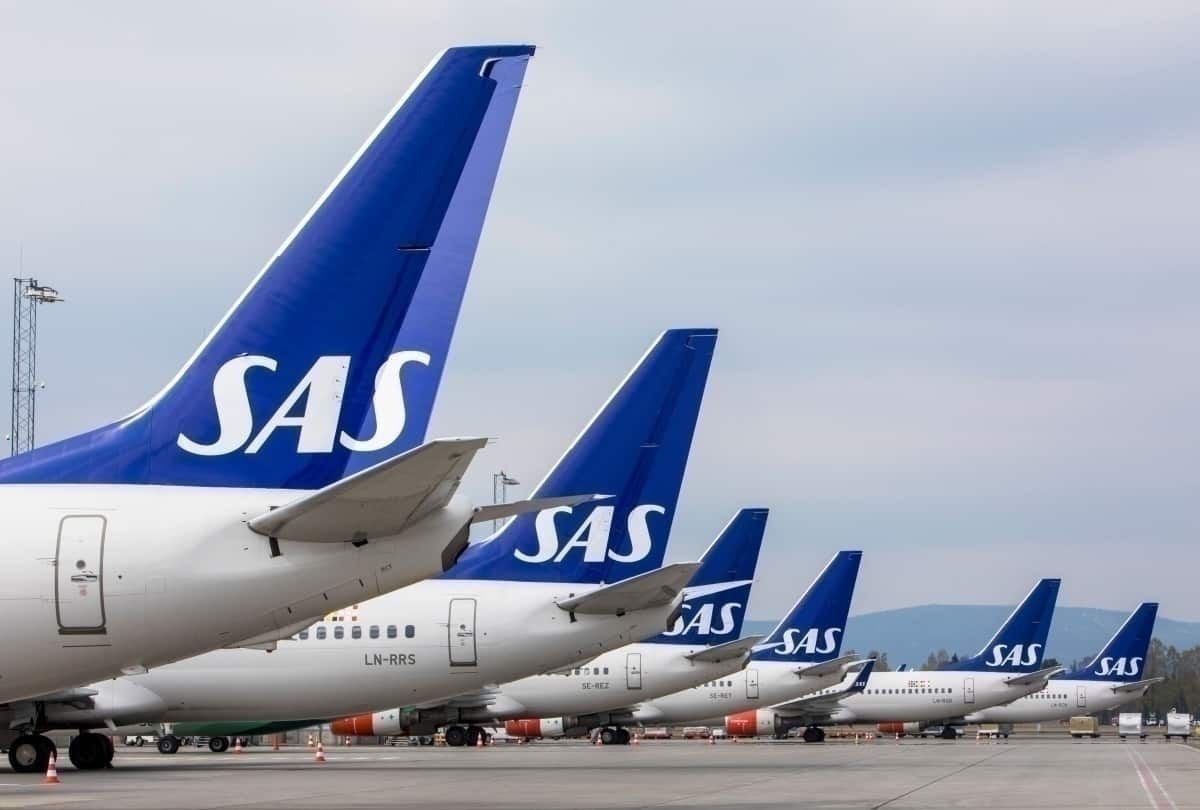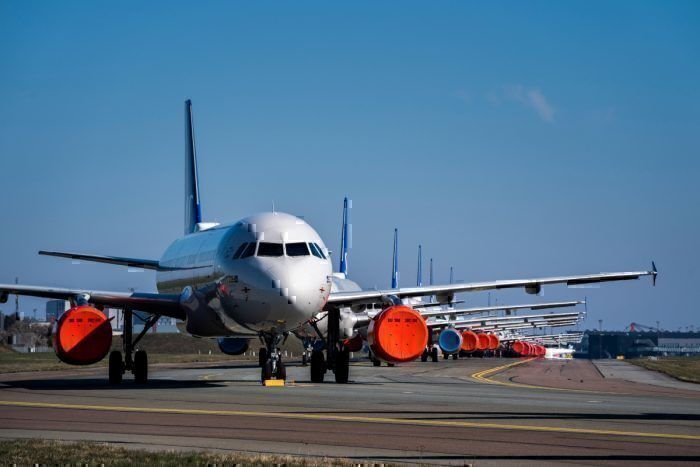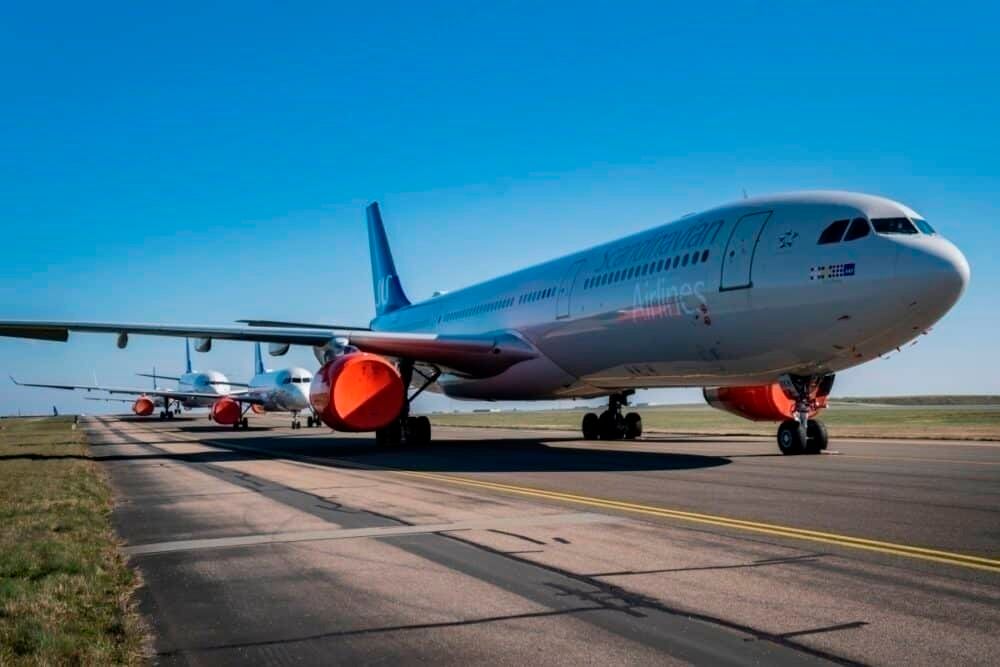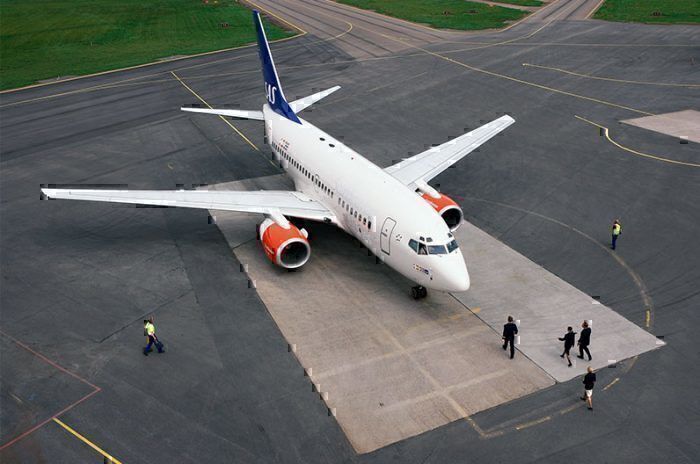Scandinavian Airlines (SAS) has held its quarterly results call, which showcased plunging traffic and growing losses for the struggling airline. Despite securing a credit facility of SEK 3.3bn ($344m) from two of its states, the airline is looking to cut 5,000 jobs and defer aircraft deliveries as it predicts a long and slow return of travel demand over the next two to three years.
Almost $400m in quarterly losses
At today's SAS quarterly results call, the airline's executives tried to stay positive amid mounting losses and a bleak outlook for the airline. With a long and slow return expected, SAS is looking to slow aircraft deliveries and cut 5,000 workers in a bid to get back in the black.
Prior to COVID-19, SAS was in a strong position. It was increasing its market share, upping its capacity and achieving high punctuality. Most importantly, it was investing heavily in new aircraft to move towards a more sustainable future.
However, towards the end of the quarter, the impact of COVID started to bite. SAS carried a typical 2.1m travelers in February, but by March, that had halved to just one million. During April, with most of its fleet grounded and 90% of its workforce furloughed, the airline carried only 100,000 passengers.
SAS was one of the first airlines to ground aircraft and lay off staff in a bid to mitigate the losses it would feel. As well as this, the airline successfully negotiated payment holidays with lessors and arranged with Airbus to defer delivery of four of its A320neo aircraft. Ongoing discussions about further deferrals are still taking place.
In addition to this, the airline conducted the sale and leaseback of five spare A320neo engines to raise funds. As a result, it finished the quarter with a cash balance of SEK4.2bn ($437m), down SEK2.1bn ($220m) from January. While this was still not good news, it was better than it could have been thanks to these early mitigation measures.
Nevertheless, the downturn in traffic and loss of revenue contributed to an overall loss at the airline of $385m during the quarter.
A long and slow ramp-up
SAS chief executive, Rickard Gustafson, said on today's earnings call that he predicts a long and slow ramp-up of passenger demand. He foresees an economic recession that will impact on travel, and difficulties in harmonizing the return to service as different nations impose varying restrictions on their borders.
He was optimistic that travel demand would return by the end of 2022, but not to 100% of the level of 2019. He also pointed out the significant costs associated with getting the SAS fleet back up in the air. He said,
"As soon as you get your aircraft up in the air again, you'll have 100% of your costs back. But you may not have 100% of your revenue back. This ramp-up needs to be thought through very carefully."
Since the end of the quarter, SAS has secured a SEK 3.3bn ($344m) revolving credit facility guaranteed by the Danish and Swedish governments. The airline has said it is "in active, intensive and constructive discussions" regarding further funding. Gustafson said he was not worried about governments becoming more involved with the airline through greater stakes, and that,
"…ownership may shift going forward, but I have to wait to give you some more clarity on that, hopefully in the month of June."
Paving a pathway to recovery
To get things back in the black, SAS has embarked on a bold new business plan. While the executives couched this as a positive for the airline, the measures set to be taken paint a fairly bleak picture of the future.
Firstly, the airline is working towards a single manufacturer fleet, eyeing expedited retirements of its Boeing aircraft in order to become an all-Airbus operator. As previously mentioned, it has secured the deferral of several new Airbus aircraft and is in discussions with the manufacturer to push back more deliveries to avoid capital expenses.
Most worryingly, SAS said that it will permanently ax around 5,000 of its workforce. Those that remain may face contractual changes as the airline looks to improve productivity with its retained employee base. Gustafson said,
"…we will have to reduce our total workforce significantly. In the long term, we hope to bring back some of those employees. But, to a large extent, we need to drive productivity and efficiency with the remaining workforce."
Overall, this revised business plan targets a SEK 4bn ($417m) saving for the airline to ensure its stability going forward.




